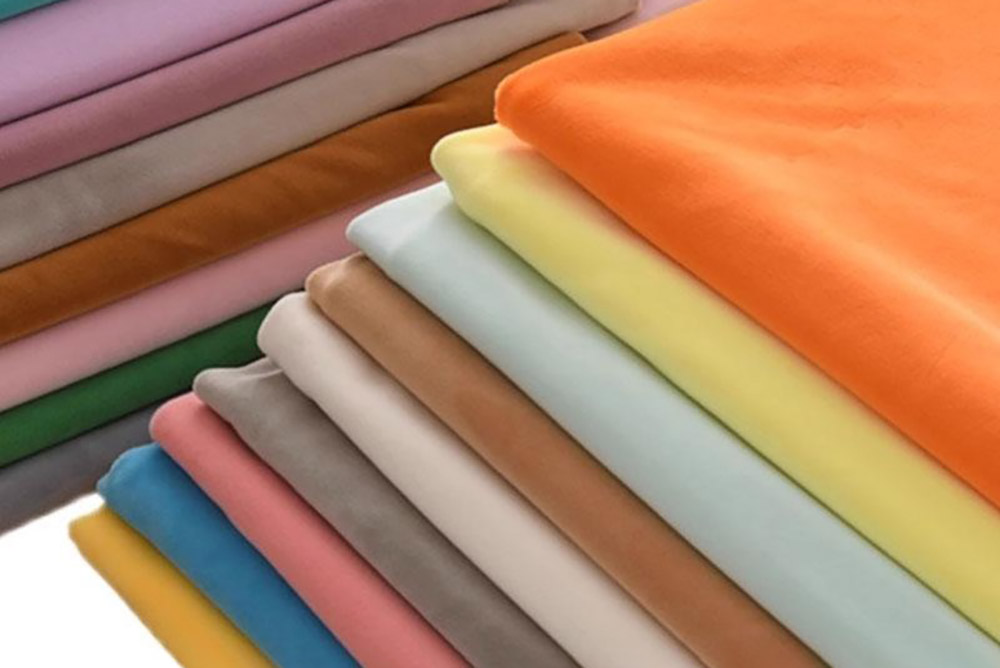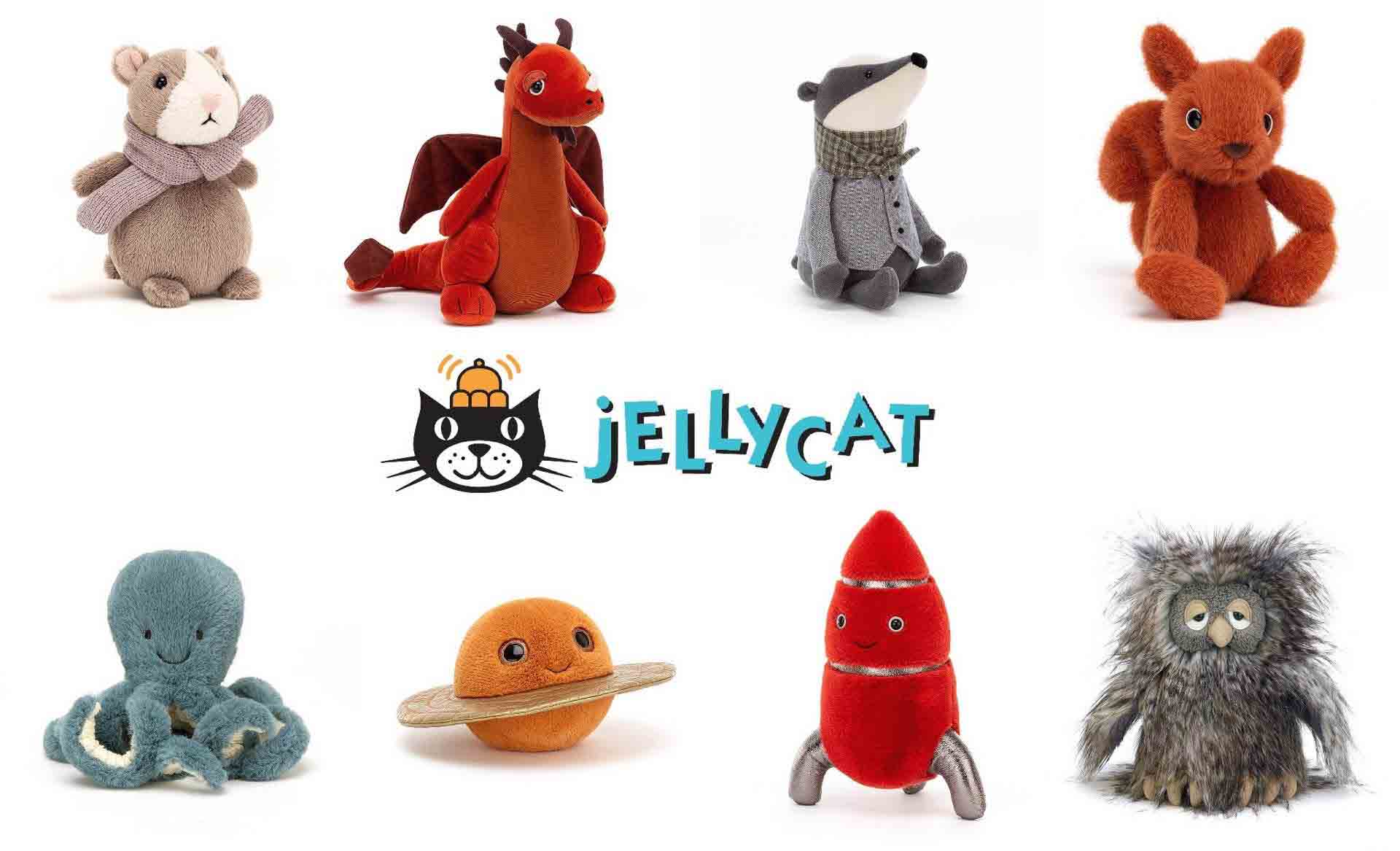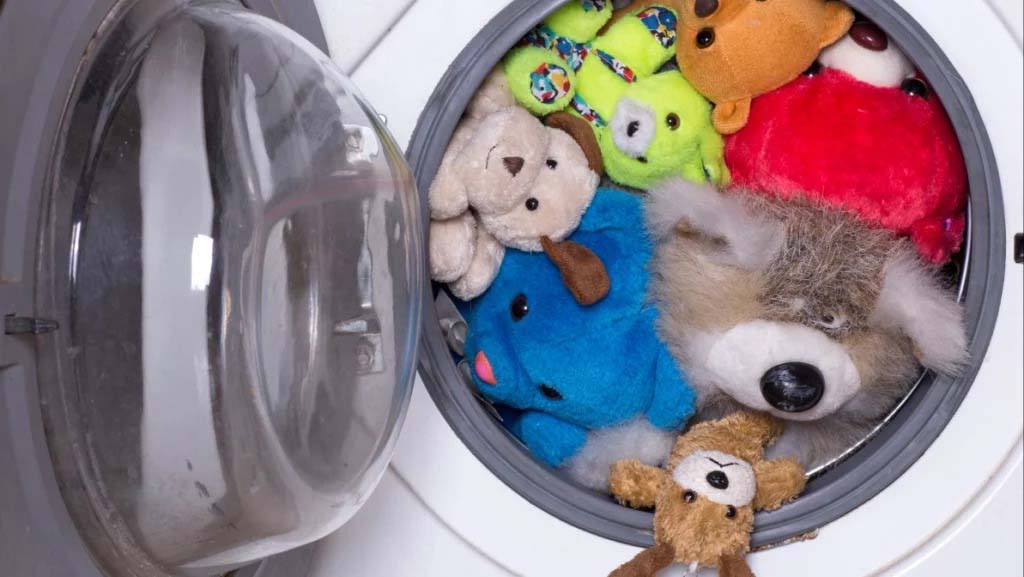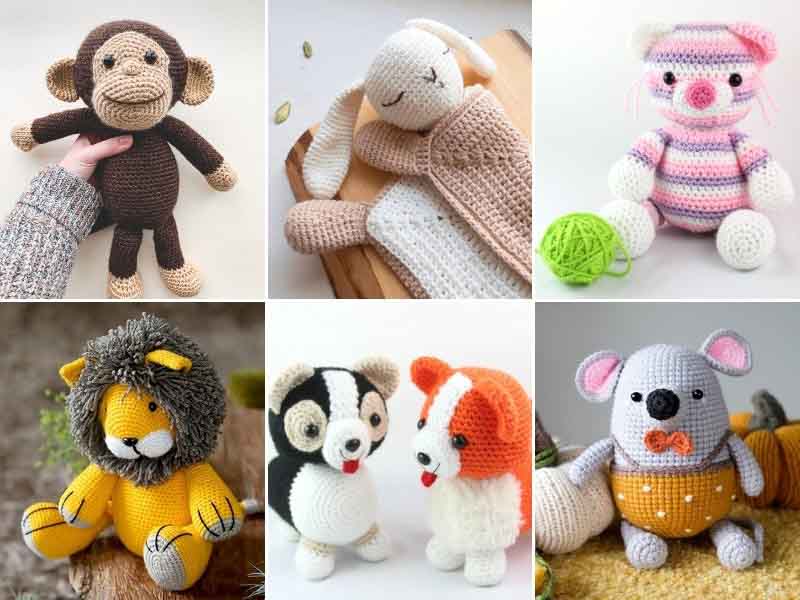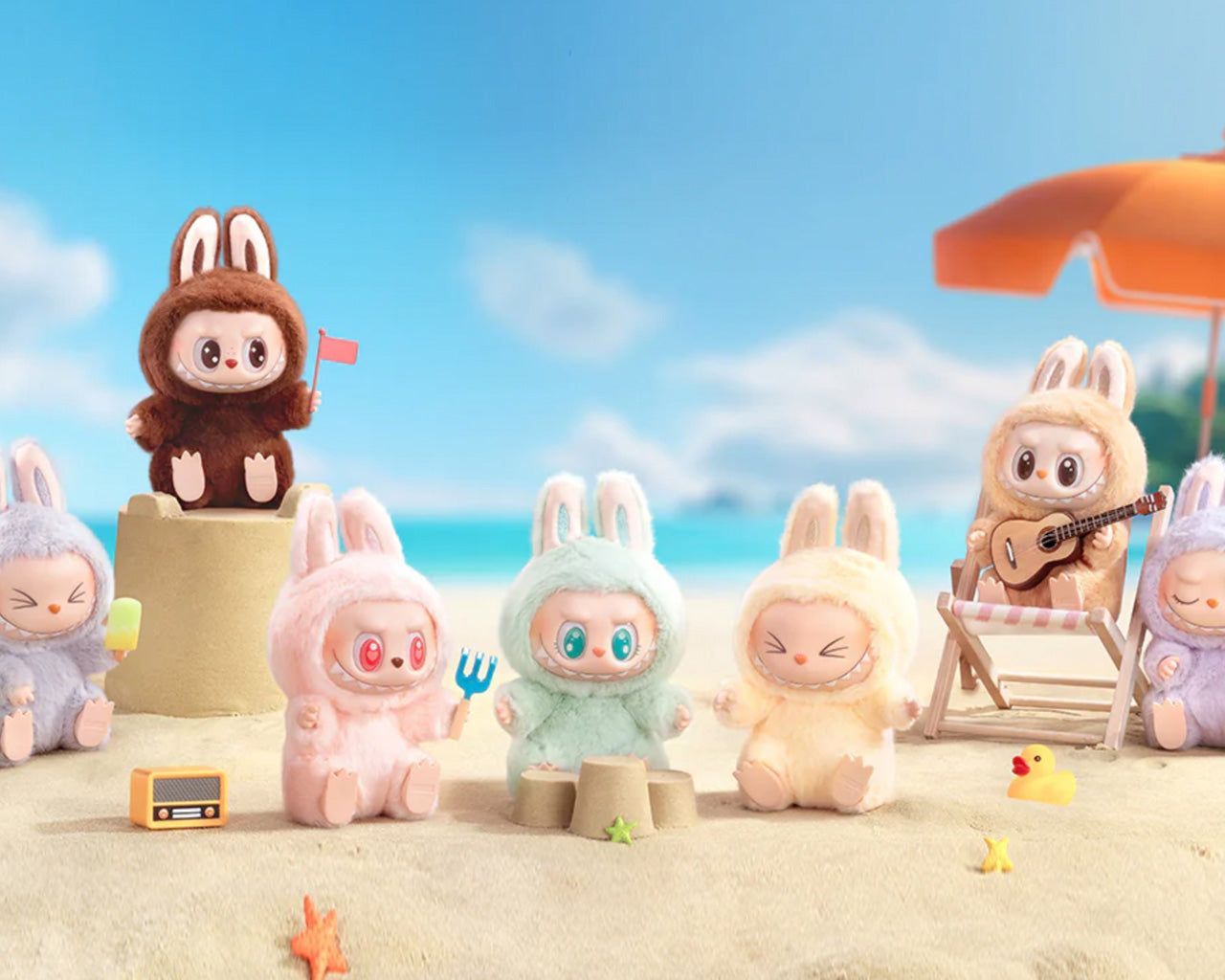Plush toys are loved worldwide, but not all sizes perform equally in the market. Choosing the right size can influence sales, customer satisfaction, and even your profit margins. As a factory that works closely with global buyers, I have seen how size choices directly affect retail, e-commerce, and promotional success. For both established brands and new businesses, understanding size trends is essential to maximize growth.
1. What Standard Size Categories Exist in the Plush Toy Market?

When sourcing plush toys, buyers often ask about size standards. In the global market, plush toys usually fall into five main categories: mini (under 10cm), small (10–20cm), medium (20–40cm), large (40–80cm), and jumbo (over 80cm). Each category serves a different purpose.
The most common plush toy size ranges include mini (under 10cm), small (10–20cm), medium (20–40cm), large (40–80cm), and jumbo (over 80cm). These categories help buyers match toys with their business needs, whether for retail, promotions, or gifts.
Size standards matter because they influence production costs, packaging, and final retail pricing. Mini and small plush toys are low-cost and convenient for bulk sales, while medium and large toys offer higher perceived value. Jumbo toys, though niche, create strong impact in branding and events.
Plush toys are not one-size-fits-all. For example, a gift shop might prefer medium sizes for souvenirs, while a promotional company may need mini keychain plush toys for giveaways. Having a clear view of size categories helps buyers make smart purchasing decisions that balance cost and consumer appeal.
| Category | Size Range | Typical Use Case | Popular Markets |
| Mini | Under 10 cm | Keychains, giveaways | Promotions, souvenirs |
| Small | 10–20 cm | Collectibles, low-cost gifts | E-commerce, retail |
| Medium | 20–40 cm | Standard plush toys | Global mainstream |
| Large | 40–80 cm | Display, premium gifts | Retail chains |
| Jumbo | 80 cm+ | Statement pieces, décor | Theme parks, events |
2. Which Plush Toy Sizes Are Most Popular for Retail and E-Commerce Sales?

Retailers and e-commerce sellers know that size directly impacts customer buying decisions. In most markets, medium plush toys (20–40cm) dominate sales. They are large enough to feel substantial but still affordable for impulse buyers. Small plush toys (10–20cm) also perform strongly, especially as add-on purchases in online stores.
The best-selling plush toy sizes for retail and e-commerce are medium (20–40cm) and small (10–20cm). Medium sizes are ideal for main product lines, while small sizes drive impulse purchases and bundle sales.
For Amazon, Walmart, or Etsy sellers, medium sizes balance shipping costs and product value. Buyers see them as practical gifts for birthdays, holidays, and everyday play. Small plush toys also perform well when marketed as collectible series, driving repeat purchases.
Large plush toys (40–80cm) have steady demand but mainly during holidays and special promotions. They create higher profits per piece but require higher storage space and shipping costs. Jumbo plush toys over 80cm sell less frequently but are powerful for attention-grabbing campaigns.
For e-commerce, success often comes from combining sizes. For example, offering a medium plush toy with a matching mini keychain version encourages bundle sales. This strategy maximizes customer value and improves brand visibility online.
| Channel | Hot-Selling Sizes | Advantages | Notes |
| Retail Shops | 20–40 cm (Medium) | Eye-catching, good price point | Drives volume sales |
| E-Commerce | 10–20 cm (Small) + 20–40 cm (Medium) | Easy to ship, affordable | Encourages repeat buying |
| Premium Retail | 40–80 cm (Large) | Premium, high-margin | Lower turnover |
3. How Do Target Age Groups Influence the Demand for Plush Toy Sizes?

Age is one of the most important factors in plush toy sales. Children, teenagers, and adults all prefer different sizes based on usability and emotional connection.
Children usually prefer small to medium plush toys (10–40cm) for easy play and carrying. Teenagers and young adults often buy medium to large plush toys (20–80cm) as decorative items or gifts. Adults purchase across all sizes, depending on purpose—mini for collectibles, jumbo for emotional impact.
For toddlers and young children, safety comes first. Small plush toys under 10cm are often avoided due to choking risks, while medium toys (20–30cm) are the safest and most popular. They are lightweight, easy to hug, and suitable for sleeping companions.
For teenagers and young adults, plush toys often become fashion and lifestyle items. Medium and large plush toys make attractive room decorations, Instagram props, or meaningful gifts. This is why anime-themed and licensed character plush toys often succeed in the 30–60cm range.
For adult buyers, plush toys are often used for corporate gifts, promotional events, or novelty purchases. Adults also value jumbo plush toys for special occasions, such as Valentine’s Day or large-scale brand campaigns. This group is less sensitive to size standards and more focused on emotional value.
Understanding these age-related preferences helps businesses target the right demographics with the right size ranges, ensuring consistent sales performance.
| Age Group | Preferred Size | Reason | Example Market |
| Toddlers (0–3) | 10–20 cm | Safe, easy to grip | Baby product retailers |
| Children (4–10) | 20–40 cm | Huggable, versatile | Toy stores, schools |
| Teenagers (11–18) | 40–80 cm | Trendy, collectible | Anime, fandom |
| Adults (18+) | 80 cm+ | Novelty, décor | Gift shops, lifestyle brands |
4. Which Sizes Perform Best in Promotional and Gift Market Segments?

Promotional products and gifts have different size requirements compared to retail. Companies often need cost-effective yet memorable items that reflect their brand value.
Mini and small plush toys (under 20cm) are the most popular for promotions and giveaways. They are lightweight, affordable, and easy to customize with logos, keychains, or packaging. Medium plush toys (20–40cm) are more common for premium gifts and branded collections.
Promotional agencies often prefer mini keychain plush toys (5–10cm) because they combine low cost with high visibility. These items travel with customers daily, carrying the brand logo everywhere. For events and fairs, small plush toys in bulk can create strong impressions without overspending.
For gift markets, medium plush toys dominate. They strike the right balance between affordability and emotional value, making them suitable for birthdays, Valentine’s Day, and holiday gifting. Companies that want to offer something more memorable may choose large plush toys (40–80cm), but these are usually reserved for VIP customers or special events.
The flexibility of plush toy sizes in this segment allows businesses to meet different budget levels. By offering a range of options, suppliers can serve both promotional buyers looking for bulk orders and retailers seeking high-value gifts.
| Market Type | Best Sizes | Reason | Example Use |
| Giveaways | 10–20 cm | Low-cost, customizable | Airline promotions |
| Corporate Gifts | 20–30 cm | Higher value, brandable | Seasonal gift packs |
| Event Campaigns | 40 cm+ | Visual impact | Trade show mascots |
5. How Do Shipping Costs and Storage Impact the Popularity of Certain Sizes?

Logistics play a major role in plush toy sales. Plush toys take up space, and larger toys often cost more to ship than they sell for. This is why size selection is not only about customer demand but also about operational efficiency.
Small and medium plush toys (10–40cm) are the most cost-efficient sizes for international trade. They reduce shipping costs, require less warehouse space, and maintain strong customer appeal. Large and jumbo plush toys face higher logistics costs, limiting their popularity for regular sales.
For e-commerce sellers, size can mean the difference between profit and loss. Small and medium toys fit easily into standard shipping boxes, helping brands control costs on Amazon FBA or cross-border platforms. Large plush toys often need oversized packaging, leading to higher shipping fees that reduce competitiveness.
Storage is also a concern. Medium and small plush toys can be stacked in bulk cartons without damage, while large plush toys require more careful handling and space. This is why many suppliers recommend compressible packaging solutions for large toys, although this sometimes reduces presentation value.
When planning sourcing, buyers must balance consumer demand with shipping efficiency. In practice, most profitable long-term sellers focus on small and medium toys while offering limited large items as “hero products” to attract attention.
| Size Category | Shipping Cost Impact | Storage Needs | Profitability |
| Small (10–20 cm) | Low | Minimal | High |
| Medium (20–40 cm) | Moderate | Balanced | High |
| Large (40–80 cm) | High | Requires space | Medium |
| Jumbo (80 cm+) | Very High | Difficult to store | Low unless premium |
6. What Market Trends Show the Future Demand for Different Plush Toy Sizes?

The plush toy market continues to evolve with changing consumer behavior, lifestyle, and global trade trends. Buyers who track these shifts can position themselves ahead of competitors.
Future demand will favor medium plush toys (20–40cm) for retail and e-commerce, mini plush toys (under 10cm) for collectibles and promotions, and large plush toys (40–60cm) for lifestyle and home décor. Jumbo toys will remain niche but valuable for branding campaigns.
In recent years, social media has influenced plush toy size demand. TikTok and Instagram trends often feature medium and large plush toys, making them popular among younger audiences. Collectible mini plush toys also see strong growth, especially when released as series or blind box sets.
Eco-friendly packaging and storage solutions are also shaping size choices. Buyers want efficient shipping, and many are moving towards smaller and medium sizes that reduce logistics waste while still delivering strong customer appeal.
In the B2B market, customization options like logo embroidery, special fabrics, and themed collections are driving repeat demand across all size ranges. Medium plush toys are likely to stay dominant, but combining them with mini collectibles offers long-term growth opportunities.
| Size Category | Growth Outlook | Key Drivers |
| Mini (under 15 cm) | High | Collectibles, blind box trend |
| Small (15–20 cm) | Stable | Affordable, easy shipping |
| Medium (20–40 cm) | Strong | Universal appeal |
| Large (40–80 cm) | Moderate | Seasonal demand |
| Jumbo (80 cm+) | Niche | Décor, social media |
The hot-selling sizes of plush toys vary by market, but trends show that small and medium plush toys lead retail and e-commerce sales, mini toys drive promotions, and medium-to-large toys deliver strong gifting value. For buyers, choosing the right size is not only about demand but also about logistics, costs, and branding opportunities.
At Kinwin, we support global buyers with flexible plush toy manufacturing in all sizes—from mini promotional items to jumbo statement pieces. Our OEM and ODM services ensure safe, customizable, and market-ready products. If you are looking to expand your plush toy line with the right sizes, contact us today at [[email protected]] or visit [https://kinwintoys.com/] to start your project.


